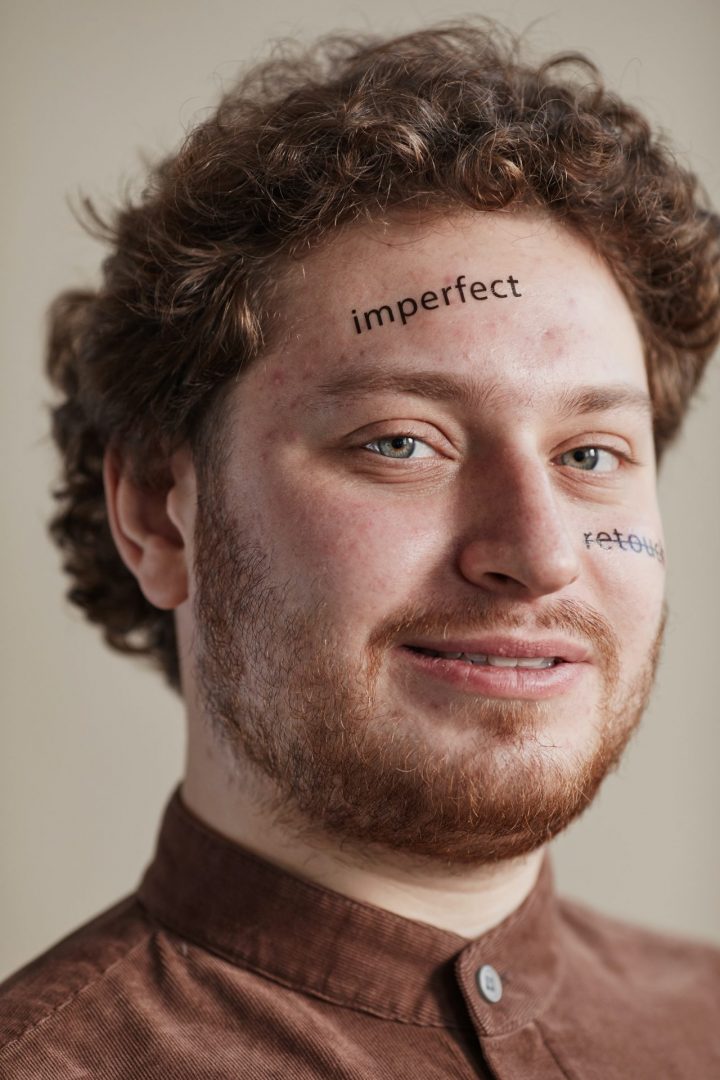Zoom Fatigue: Where did the Magic go? (Part 1)
“Harry placed the point of the quill on the paper and wrote: I must not tell lies.”
J.K. Rowling, Harry Potter and the Order of the Phoenix
Time to be honest.
- How many of you found yourself this year staring at a computer screen unable to focus on what was being presented?
- Or had difficulties keeping themselves awake?
- Or mastered multitasking while attending a meeting?
- How many of you didn’t feel “close” enough with their co-speakers, even during calls with friends?
- How many of you turn off the camera to slip away to your beloved fridge or couch?
- How many of you hesitated to open your microphone or camera feeling that this digital exposure would be too much for you?
Don’t lie to me, I am going to tell Professor Dolores Umbridge.
Just so you know, there are many of us! Too many! And what we think and feel has a name in the modern muggles’ world: Zoom Fatigue.
What is Zoom Fatigue?
The Zoom Fatigue phenomenon describes the fatigue, worry, or exhaustion associated with the overuse of virtual communication platforms. Like other experiences related to the coronavirus pandemic (COVID-19), Zoom Fatigue is widespread, intense, and completely new at this time, affecting our personal, professional, social and family life.
Why is it happening to me?
Far away from Hogwarts School of Witchcraft and Wizardry, some Stanford University researchers investigated the reasons why video chats fatigue humans. They concluded that there are four causes behind this phenomenon.
1. Excessive amounts of close-up eye contact is highly intense.
Think about it like that: Both the amount of eye contact we engage in video chats, as well as the size of faces on screens is unnatural. In a normal meeting, people would simultaneously look at the speaker, take notes, etc. On Zoom calls, on the other hand, everyone is looking at everyone, all the time. Therefore, the amount of eye contact is dramatically increased. Additionally, depending on your monitor size, faces on video conferencing calls can appear too large for comfort. When someone’s face is that close to ours in real life, our brains interpret it as an intense situation that is either going to lead to mating or conflict.
2. Seeing yourself during video chats constantly in real-time is fatiguing.
Most video platforms show a square of what you look like on camera during a chat. But that’s unnatural because in reality, if someone was constantly around you with a mirror, that would just be intolerable.
3. Video chats dramatically reduce our usual mobility.
In-person and audio phone conversations allow humans to walk around and move. Alas, with video conferencing, most cameras have a set field of view, meaning a person has to generally stay in the same spot. Movement is limited in ways that are not natural and there’s growing research suggesting that when people are moving, they’re performing better cognitively.
4. The cognitive load is much higher in video chats.
In regular face-to-face interaction, nonverbal communication is quite natural and subconscious. But in video chats, we have to work harder to send and receive signals. Thus, humans have taken one of the most natural things in the world – an in-person conversation – and transformed it into something that involves a lot of thought. For example, you’ve got to make sure that your head is framed within the center of the video or if you want to show someone that you are agreeing with them, you have to do an exaggerated nod or put your thumbs up. Additionally, a sidelong glance at someone during an in-person meeting can mean something very different than a person on a video chat grid looking off-screen. That adds cognitive load as you’re using mental calories to communicate.
Okay, but can I do anything to adjust to this new reality, or do I just accept my faith?
Of course, you can! But, you will have to stay tuned for next week’s magic tricks against the dark forces of Zoom Fatigue. Until then enjoy a face-to-face mug of Butterbeer with a fellow muggle friend outside of your screen reality!
If you think a professional can help you with this issue, book an appointment here!
Alexandra Symeonidou is an Intern at Willingness with a BSc in Psychology, who will eventually start her MSc in Clinical Psychology this following September.
References
Lee, J. (2020). A Neuropsychological Exploration of Zoom Fatigue. Retrieved from https://www.psychiatrictimes.com/view/psychological-exploration-zoom-fatigue
Ramachandran, V. (2021). Stanford researchers identify four causes for ‘Zoom fatigue’ and their simple fixes. Retrieved from https://news.stanford.edu/2021/02/23/four-causes-zoom-fatigue-solutions/
Wolf, CR. (2020). Virtual platforms are helpful tools but can add to our stress. Retrieved from https://www.psychologytoday.com/us/blog/the-desk-the-mental-health-lawyer/202005/virtual-platforms-are-helpful-tools-can-add-our-stress







